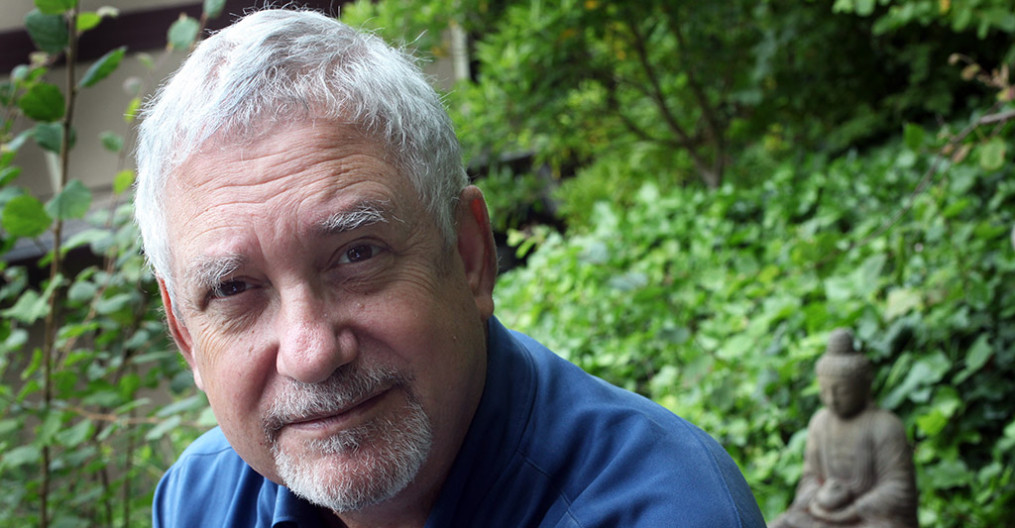 We all worry. That is our human condition. Without our exceptional ability to think about a future problem, and come up with ways to deal with it or resolve it, we would not have survived the evolutionary process. And worry is a kind of affliction too, an unpleasant or unwholesome state of mind. Many of us may seek out the Buddhist tradition or meditation because we think it can offer us a method for attaining a state of mind where there is no worry. We are all finding out that Buddhism does not offer that; as a matter of fact, it rather goes in the opposite direction. Buddhist practice is a method not for avoiding unpleasant reality, but facing it head on and transforming it into compassion.
We all worry. That is our human condition. Without our exceptional ability to think about a future problem, and come up with ways to deal with it or resolve it, we would not have survived the evolutionary process. And worry is a kind of affliction too, an unpleasant or unwholesome state of mind. Many of us may seek out the Buddhist tradition or meditation because we think it can offer us a method for attaining a state of mind where there is no worry. We are all finding out that Buddhism does not offer that; as a matter of fact, it rather goes in the opposite direction. Buddhist practice is a method not for avoiding unpleasant reality, but facing it head on and transforming it into compassion.
In reference to my previous post, worry is a pre-eminent example of mental activity in horizontal time. Worry is a stringing together of worrisome thoughts, one after another, like beads on a string. It is actually quite a concentrated mental state. As Benjamin Franklin was famously supposed to have said, “The thought of the hangman’s noose tends to concentrate the mind.” These worry beads can be so stressful that we will often go to great lengths to interrupt their energy—with alcohol, drugs, or risky distractive behaviors.
I don’t know if the old worry more than the young. I think I myself worry more, simply because I am aware of more, and know more people to worry about. On the other hand, the old have more problem-solving resources than the young. In any case, there are specific worries that arise only as we age—worries about our health and others’, worries about money, worries about what will happen when we can’t fully take care of ourselves any more, worries about the society and the planet for which we as elders feel a deeper responsibility.
I am increasingly feeling that for many Western practitioners of Buddhist meditation, some kind of visualizing or imaginative practice is quite helpful in entering a meditative state. I also think that it is all right to create or invent these practices, as long as they produce the desire effect. In my case, since I love dogs, I have created a mental image of my own worries in the form of a dog—a German Shepherd named Barker. When I am worried about something—when the string of worry beads is clicking away in my mind—I picture these worries in the form of Barker, barking and snarling at me inside a fence.
Since training a dog has some similarity to training the mind, I then picture myself telling Barker to stop his barking and go inside. He complies, stopping his jumping and barking, turning around, and meekly going back into his doghouse. I even imagine a curtain falling down in front of the doghouse to complete the image.
Of course, if I am really worried, a few seconds later Barker is back. So then we go through the whole exercise again.
I don’t know if this kind of mental exercise will be helpful to you. I’d be interested to know. Post your comments here or send me a note directly using the form at the bottom of the About page.












